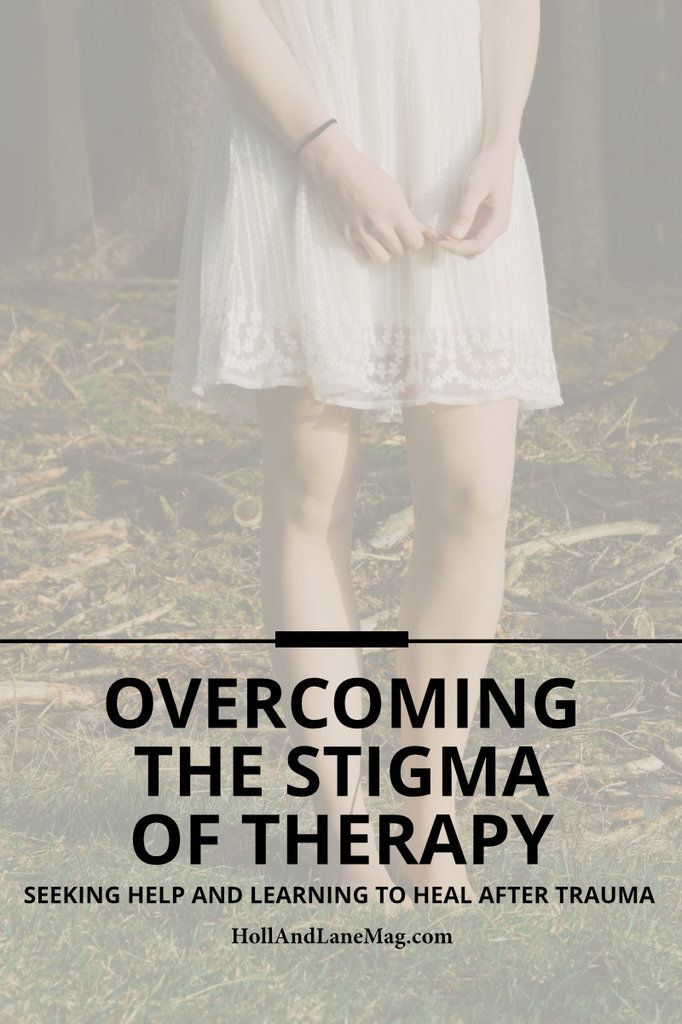Overcoming the Stigma of Therapy
Anxiety and insomnia. That’s what my therapist has written on my chart.
Being the type-A, overachiever perfectionist, my diagnosis slowly crept into my life over the years, but all hell broke loose after the car accident.
I can still see it clearly in my mind almost a year later. You know in action movies when it goes silent and the action moves in slow motion so you can really see what’s happening? That’s exactly what it was like. In my rearview mirror, I could see the car behind me not slowing down and it tried to swerve to my left, but there wasn’t enough room. It felt like time stood still, and I was frozen in my seat. Then my body slammed forward into the steering wheel and dashboard. But the car was going so fast that even the impact couldn’t make it stop. It started flipping slowly over my car, turning sideways as it fell. The world was silent. I couldn’t even hear the car crash against the guard rail and the truck in front of me. It was still silent as I sprinted from my car, broken glass crunching beneath my feet, praying I wouldn’t find a dead body. I didn’t, thank God. I’m sure my diagnosis would have been a lot worse if I had.
My therapist has asked me what I was thinking and feeling in those moments, if I had felt any pain from my injuries, what I told my parents afterwards. But I was running on extreme adrenaline. The pain didn’t set in for a couple of hours. My only thoughts were to help the girl in the crushed car, to fix the problem. I’ve discovered with therapy that that’s part of my issues; I’m too logical and I put all emotions aside to fix problems, even with myself. The text I sent my parents afterwards only read I was in a car accident, but I’m fine. I’ll call you in a bit.
With another woman, we pulled the shaking girl from the sideways car through the broken window and carried her to a safe spot. We could hear sirens in the distance, but they couldn’t come very quickly with all the traffic we caused on the highway. And because of the traffic, there’s one image I know I’ll never be able to erase from my mind. Because he couldn’t drive through the stopped cars, the girl’s husband had to park his car on the side of the highway, and he came sprinting down the median, sobbing with worry the whole way. I have never seen such distress in person before. But still, I pushed my emotions aside.
“ I thought that by going to therapy, I was conceding to weakness, but I was wrong.”
The ambulance eventually came and took the girl and the driver of the truck away as the police assessed the situation. You know what I did instead of letting emotions get the better of me? I took pictures for the insurance company and texted my boss that I wouldn’t be in for work. My boyfriend later told me that he would have never thought to take pictures. But I’m always logical, always fixing the problem.
But pushing my emotions aside soon caught up with me. I couldn’t sleep, I had nightmares, I had panic attacks while driving, the stress from dealing with insurance companies was eating me alive, and I couldn’t understand why nothing was getting better. I could slowly fix the pain from my injuries with physical therapy, but I couldn’t fix my emotions. Because emotions don’t respond to logic, my therapist later told me. I was trying to fix myself by ignoring my emotions and convincing myself that I would be back to normal in no time. But that wasn’t the case. After a week straight of sleepless nights, I finally had enough and started researching therapists, which is one of the best decisions I’ve ever made.
I thought that by going to therapy, I was conceding to weakness, but I was wrong. Your mind is a part of your body and when it’s injured, you need to treat it like you would any other physical injury. And like physical therapy, going to therapy may be painful, but in the end, you’ll be stronger than ever. I’ve learned more about myself and how the mind works than I ever expected, and while I will never be an outwardly emotional person, I’ve learned how to balance emotions and logic; I no longer need to “fix” my emotions. I still occasionally have sleepless nights or panic attacks and the physical pain hasn’t left, but at least now I’m on the right track to heal both my body and my mind.
Julia is a Philadelphia based photographer who enjoys black-and-white and travel photography. She explores her new city with her Nikon D60 and Siberian Husky and shoots pictures for her photography blog, Philly with a Fjallraven. She loves adventure and dreams of traveling the world as a photojournalist for National Geographic one day.


